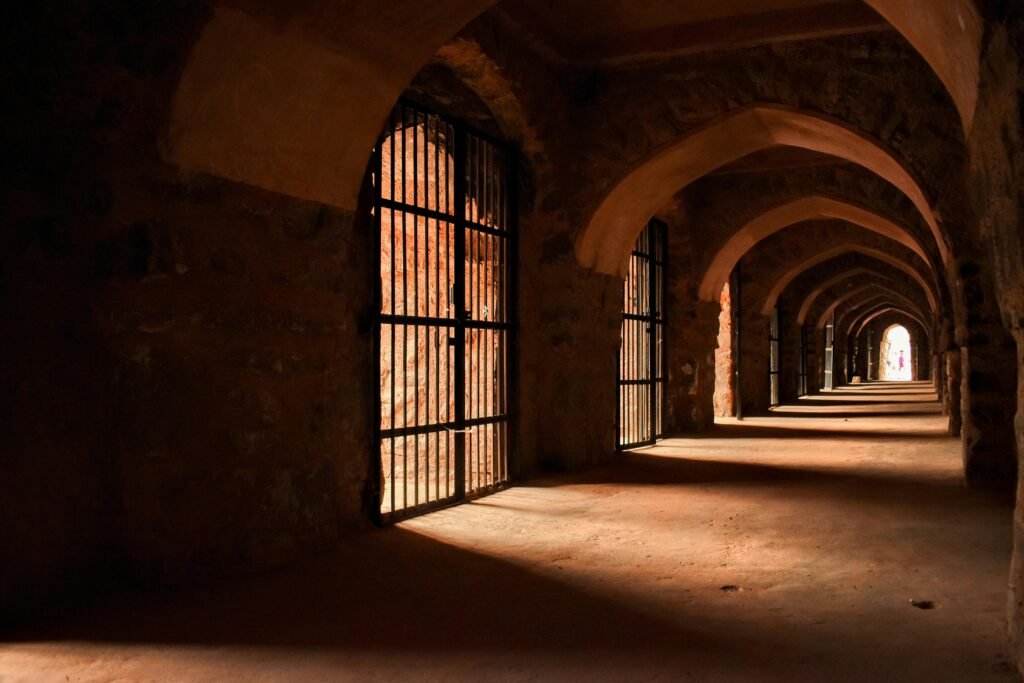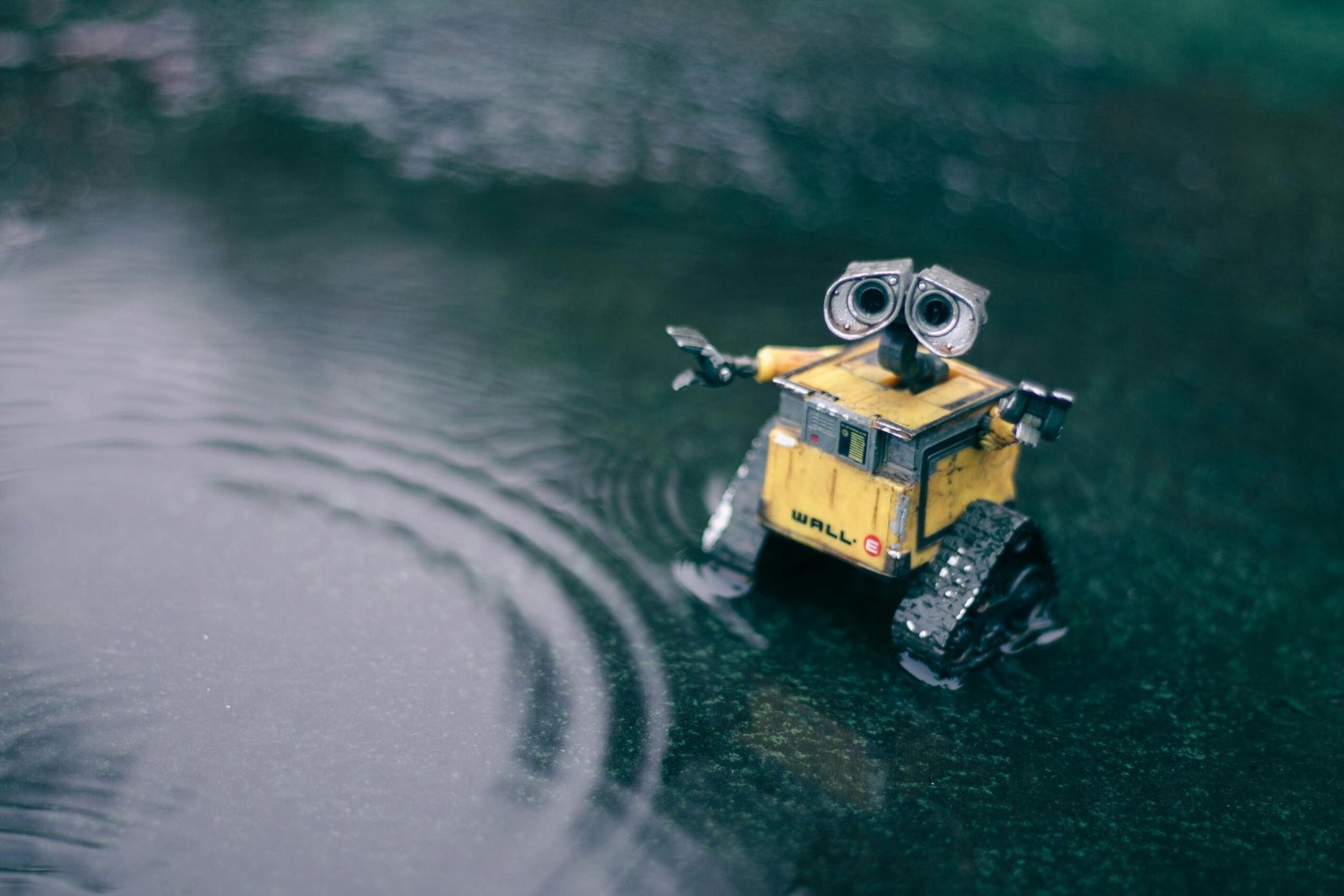Imagine stepping into a world where darkness and danger await at every turn, where the thrill of exploration and the allure of mystery beckon you forward. In the realm of gaming, this is the essence of a dungeon crawler. Unlike other games, dungeon crawlers offer an unparalleled experience that combines elements of strategy, adventure, and endless possibilities. In this article, we will explore what sets dungeon crawlers apart from their counterparts, highlighting the distinct features that make them a truly unique and captivating genre. Additionally, we will delve into comparisons with other dungeon crawlers, showcasing the varied and diverse landscape of this exhilarating realm. So grab your virtual sword, put on your armor, and get ready to embark on an epic journey into the world of dungeon crawlers.

This image is property of images.pexels.com.
Graphics and Art Style
When it comes to graphics and art style in dungeon crawlers, there are a few different options to choose from. One of the first decisions game developers need to make is whether to go for a realistic or cartoony style. Realistic graphics aim to create a visually immersive experience, with detailed environments and characters that mimic real life. On the other hand, cartoony graphics can add a whimsical and light-hearted charm to the game, often featuring exaggerated proportions and vibrant colors.
Another aspect to consider is the overall tone of the game’s visuals. Some dungeon crawlers opt for a dark and gritty aesthetic, with dimly lit dungeons, atmospheric shadows, and a sense of foreboding. This style can add a sense of danger and suspense as players navigate through treacherous environments. On the flip side, colorful visuals can bring a sense of joy and excitement to the game, making it more visually appealing and providing a contrast to the potentially challenging gameplay elements.
Finally, the choice between pixel art and 3D models is an important one. Pixel art, with its retro-inspired pixelated graphics, can evoke a sense of nostalgia and give the game a classic feel. This style is popular among fans of retro games and can add a unique charm to the overall experience. On the other hand, 3D models can bring more depth and realism to the game, allowing for smooth animations and intricate environmental details. The choice between these two styles ultimately depends on the tone and aesthetic the developers are aiming for.
Gameplay Mechanics
The gameplay mechanics of a dungeon crawler are a crucial aspect of the genre. One of the fundamental decisions to make is whether the game should adopt a turn-based or real-time system. Turn-based mechanics allow players to strategically plan their moves, considering the actions of both their character and their enemies. This style of gameplay can be more methodical and strategic, giving players time to think and plan their next move.
On the other hand, real-time gameplay creates a sense of urgency and requires quick reflexes. Players need to react on the spot, making split-second decisions as they battle enemies and navigate through the dungeon. This style can be more fast-paced and thrilling, offering an adrenaline rush to players who enjoy action-packed gameplay.
Another aspect to consider is the level design. Some dungeon crawlers feature randomly-generated levels, where each playthrough offers a unique experience. This approach can add replayability to the game as players explore different layouts and encounter new challenges each time. On the other hand, pre-designed maps allow developers to carefully craft the experience, ensuring that each level presents its own set of unique puzzles and encounters.
The choice between single-character and party-based gameplay is also crucial. Single-character games typically focus on a lone hero’s journey, allowing players to deeply connect with their protagonist. Party-based games, on the other hand, offer the opportunity to form a team of adventurers with unique abilities and skills. This style of gameplay can create more dynamic and strategic encounters, as players coordinate their party members to overcome challenges.

This image is property of images.pexels.com.
Focus on Exploration
Exploration is a core aspect of the dungeon crawler genre. The feeling of venturing into the unknown and uncovering hidden secrets is what draws players to these games. One way to enhance the exploration aspect is by incorporating maze-like dungeons. These intricate and labyrinthine structures can test players’ navigational skills, requiring them to map out their progress and find the right path to progress deeper into the dungeon.
Hidden rooms and secrets also add an extra layer of excitement to the exploration process. Discovering hidden passages, secret treasure troves, or powerful artifacts rewards players for their curiosity and thorough exploration. These secrets can provide useful resources or even unlock additional content, adding to the overall sense of discovery.
Puzzle-solving is another key element of dungeon crawlers’ focus on exploration. Players may encounter various puzzles throughout their journey, requiring them to think critically and solve intricate riddles to progress. These puzzles can range from simple lever-activated mechanisms to complex logic puzzles, challenging players’ problem-solving abilities and adding an intellectual aspect to the gameplay.
Character Progression
Character progression is an important aspect of any RPG, and dungeon crawlers are no exception. Leveling up and skill trees are common mechanics that allow players to customize and evolve their characters over time. Leveling up provides a sense of growth and achievement as players gain new abilities and become more powerful. Skill trees, on the other hand, allow players to choose which abilities to focus on, tailoring their character’s playstyle to their preferences.
Permanent death and respawning mechanics are another important consideration in character progression. Permanent death adds an extra layer of challenge and consequence to the game. If a character dies, they are gone forever, forcing players to be cautious and strategic in their decisions. On the other hand, respawning mechanics provide players with a safety net, allowing them to continue their journey even if they fall in battle. The choice between these two mechanics depends on the level of difficulty and sense of risk the developers want to convey.
Loot and equipment are also crucial aspects of character progression. Finding powerful weapons, armor, and other items provides a tangible reward for the player’s efforts. These items can enhance the character’s abilities, increase their stats, or grant unique bonuses. The thrill of discovering rare and valuable loot can incentivize players to delve deeper into the dungeon and face increasingly challenging enemies.

This image is property of images.pexels.com.
Role-Playing Elements
Role-playing elements are at the core of the dungeon crawler genre, allowing players to immerse themselves in a fictional world and assume the role of a character. Character creation and customization are important aspects of role-playing, as they allow players to personalize their own heroes. From choosing their appearance to selecting their abilities and skills, players have the freedom to create a character that fits their ideal playstyle.
Quests and storylines provide a sense of purpose and direction in dungeon crawlers. Engaging quests can introduce players to intriguing narratives and memorable characters. These quests can involve embarking on epic journeys, unraveling mysteries, or simply completing tasks for rewards. A well-crafted storyline immerses players in the game’s world, creating a deeper connection and motivation to explore further.
NPC (Non-Player Character) interactions are another crucial element of role-playing. NPCs can provide valuable information, offer quests, or simply serve as colorful characters that liven up the game world. Interaction with NPCs can create a sense of immersion and make the game world feel more alive. Conversations with NPCs can also provide valuable insights, hints, and clues that help players progress in their adventure.
Intense Difficulty
Dungeon crawlers are known for their challenging gameplay and intense difficulty. Permadeath and consequences are important mechanics that add a sense of risk to the game. When a character dies, the consequences can be severe, forcing players to restart their adventure or face other in-game penalties. This creates a heightened sense of tension and requires players to carefully consider their actions and decisions.
Limited resources and options increase the difficulty by creating scarcity. Players must manage their resources wisely, making strategic decisions about how to best utilize their limited items, abilities, and utilities. These limitations force players to think creatively and adapt to different situations, adding an extra layer of depth to the gameplay.
Challenging enemies and boss fights provide exhilarating encounters that test players’ skills and knowledge of the game mechanics. Powerful foes require careful planning, quick reflexes, and mastery of the character’s abilities to defeat. These tough battles can be the ultimate test of a player’s progress and provide a sense of accomplishment when overcome.
Atmosphere and Sound Design
Atmosphere and sound design play a vital role in creating an immersive and engaging experience in dungeon crawlers. An eerie and claustrophobic atmosphere can make players feel on edge as they navigate dark and treacherous dungeons. Dim lighting, haunting ambiance, and eerie sound effects can create a sense of foreboding, heightening the suspense and tension during gameplay.
Tense and suspenseful moments are also enhanced through sound design. Well-timed sound effects, such as a creaking door or the distant growl of an enemy, can create a heightened sense of anticipation. These auditory cues can signal to players that danger is nearby, keeping them on their toes and making every encounter more intense.
Ambient sound effects and music contribute to the overall immersion of the game. The right soundtrack can set the mood and evoke emotions, whether it’s by creating a sense of urgency during intense battles or instilling a feeling of wonder during exploration. Similarly, ambient sound effects, such as dripping water or distant footsteps, can make the game world feel more alive and add to the overall sense of immersion.
Longevity and Replayability
Longevity and replayability are important factors in ensuring that players continue to engage with a dungeon crawler long after their initial playthrough. Endless dungeon crawling provides a never-ending exploration experience, where players can continue to delve into new dungeons or levels indefinitely. The randomized generation of levels ensures that each playthrough offers a fresh and unique experience, keeping players engaged and curious about what lies ahead.
Unlockable characters and challenges incentivize repeated playthroughs. By reaching certain milestones or completing specific objectives, players can unlock additional playable characters with their own unique abilities and playstyles. These unlockables provide fresh gameplay options and motivate players to experiment with different character builds and strategies.
Modding and user-generated content can also greatly contribute to the longevity of a dungeon crawler. Allowing players to create and share their own dungeons, quests, and even characters expands the game’s content and ensures that there is always something new to discover. This user-generated content fosters a sense of community and encourages players to engage with the game long after they have exhausted the developer-created content.
Nostalgia and Retro Appeal
Dungeon crawlers often draw inspiration from classic games of the genre, and this nostalgia and retro appeal can be a significant draw for players. The pixel art and retro graphics commonly associated with older dungeon crawler games evoke a sense of nostalgia among players who grew up playing games from that era. These visuals bring back memories of simpler times in gaming and can create a sense of warmth and familiarity.
Soundtracks and gameplay mechanics are also often influenced by classic dungeon crawlers. Signature soundtracks with catchy melodies and memorable tunes can transport players back to the games of their youth. These soundtracks can evoke a sense of nostalgia and enhance the overall experience, immersing players in the game world.
Gameplay mechanics from classic dungeon crawlers, such as grid-based movement and turn-based combat, are also incorporated into modern dungeon crawlers to capture the essence of the old-school genre. These mechanics provide a sense of nostalgia for players who fondly remember the challenges and unique gameplay of the classics.
Community and Multiplayer
Community and multiplayer features play a significant role in the success and longevity of many dungeon crawlers. Cooperative gameplay allows players to tackle the challenges of the game together, either through local or online multiplayer. Collaborating with friends or other players fosters a sense of camaraderie and teamwork, making the gameplay experience more enjoyable and memorable.
Competitive challenges and leaderboards provide an additional layer of engagement for players who thrive on competition. Whether it’s speed runs, score-based challenges, or PvP (Player vs. Player) battles, these competitive elements encourage players to push themselves to the limit and strive for the top spots on leaderboards. This can create a sense of shared achievement and drive players to continually improve their skills.
Online forums and communities provide platforms for players to connect with fellow enthusiasts of the genre. These communities offer spaces for players to share strategies, discuss tactics, and exchange tips and tricks. The sense of belonging and the opportunity to engage with like-minded individuals can enhance the overall enjoyment of the game and foster a dedicated player base.
